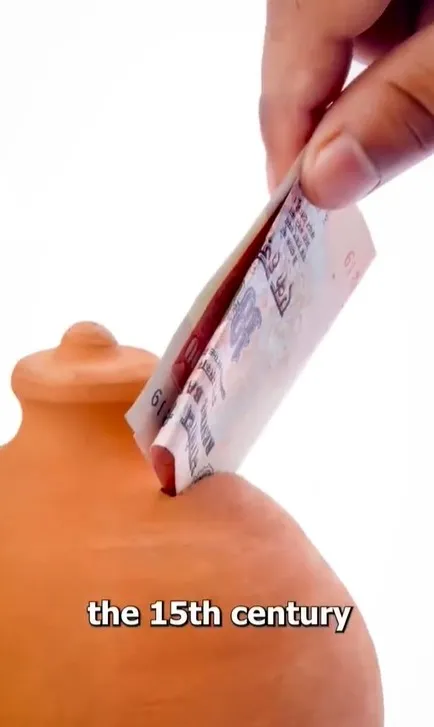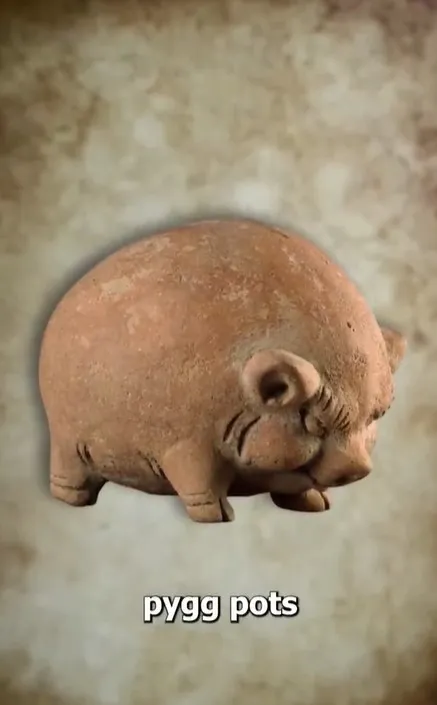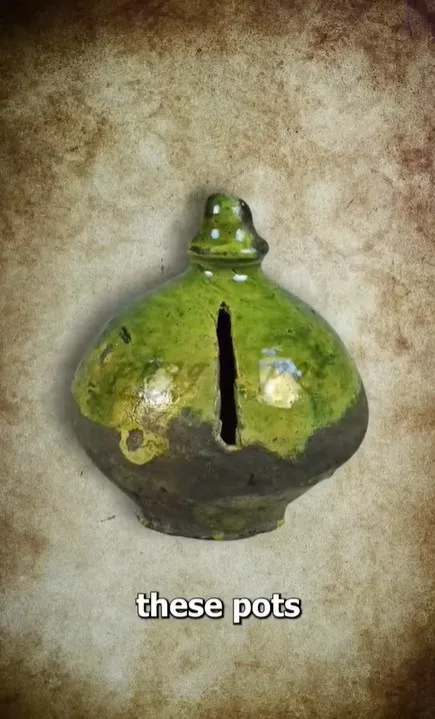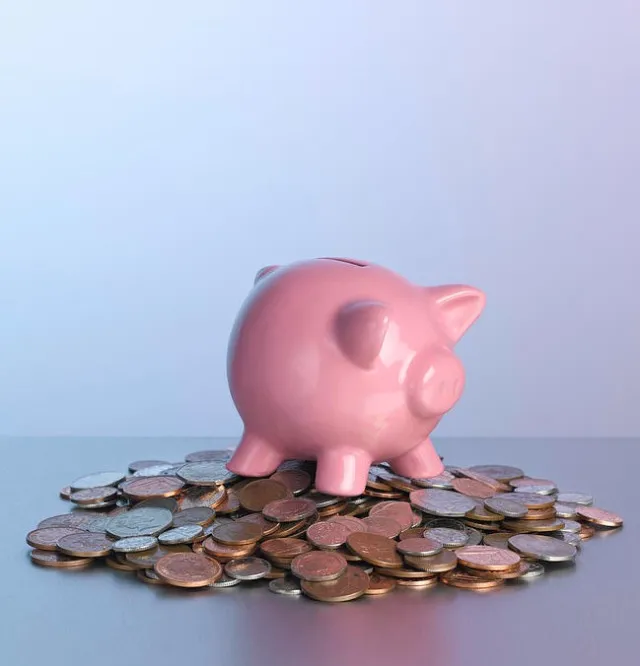On social media, many viewers stunned after a Tiktoker revealed the history behind piggy bank,which gained attention.
On Tiktok, a viral video reavling why piggy banks are shaped like the farm animal, left many stunned and sparked debate on social media.
The historical roots of piggy bank?

Nowadays, with the development of bank cards and savings accounts, many people save their money electronically.
However, for years, people have stored their spare change in piggy banks.
Piggy banks have a beautiful and unique shape, playing an important role in saving money effectively. However, many are unaware of the historical reason behind their design.
In fact, the origins of the piggy bank date back to the 15th century, and the story is as fascinating as it is practical
The evolution of piggy bank
Many children and adults alike use piggy banks to save their precious coins.

However, the reason behind their pig-shaped design is not commonly known. TikTok user FactBuddy21 shed light on this historical mystery in his viral video titled “Why We Put Money In Piggy Banks.”
On Tikrok, a user, who goes by @factbuddy21 shared a video, has the caption:”factbuddy21″
In the text overplay, FactBuddy21 asked, “Have you ever wondered why we put money in a piggy bank? I mean, what do pigs have to do with money?”
In the footage, He then delved into the history, explaining that in the 15th century, people stored their money in pots made from a type of clay called ‘pygg.’ These pots were referred to as ‘pygg pots.’

The change from ‘Pygg Pots’ to piggy banks
Over time, these ‘pygg pots’ evolved into money containers. Potters began crafting these pots to resemble actual pigs, possibly as a humorous twist.
FactBuddy21 notes, “Pretty soon, potters started making these pig pots look like actual pigs as a joke. And, well, the rest is history.”

The video quickly went viral ans sparked debate on social media.
“In the comments section, many viewers expressed their surprise at this revelation, while others admitted that they use piggy banks but were completely unaware of their history.
One person said: Great analogy that never would have crossed my mind!
A second wrote: That depends on the culture.

While a third commented: I thought it was a sign of wealth because pigs were ‘just for meat’? Like you can collect wool from sheep, milk from cows and eggs from chickens
Someone else said: It’s an incentive to save money. You have this beautiful china piggy bank that you are dropping your coins and dollars in.
Another added: So you save and save and save, knowing that the day you really need that money you have to “break the bank”. It’s just a fun way to teach children to save for something big in life.
The significance of the pig shape
The transition from ‘pygg pots’ to pig-shaped banks highlights a blend of practicality and playfulness.
The piggy bank’s design has since become a universal symbol of savings, teaching generations the value of saving money in a fun and engaging way.
Modern piggy nanks

Today’s piggy banks come in various shapes and sizes, but the traditional pig design remains a popular choice.
This charming, iconic figure continues to encourage good financial habits among young savers, bridging the gap between history and modern-day practices.
Have you ever used a piggy bank? Share your thoughts and experiences in the comments below!